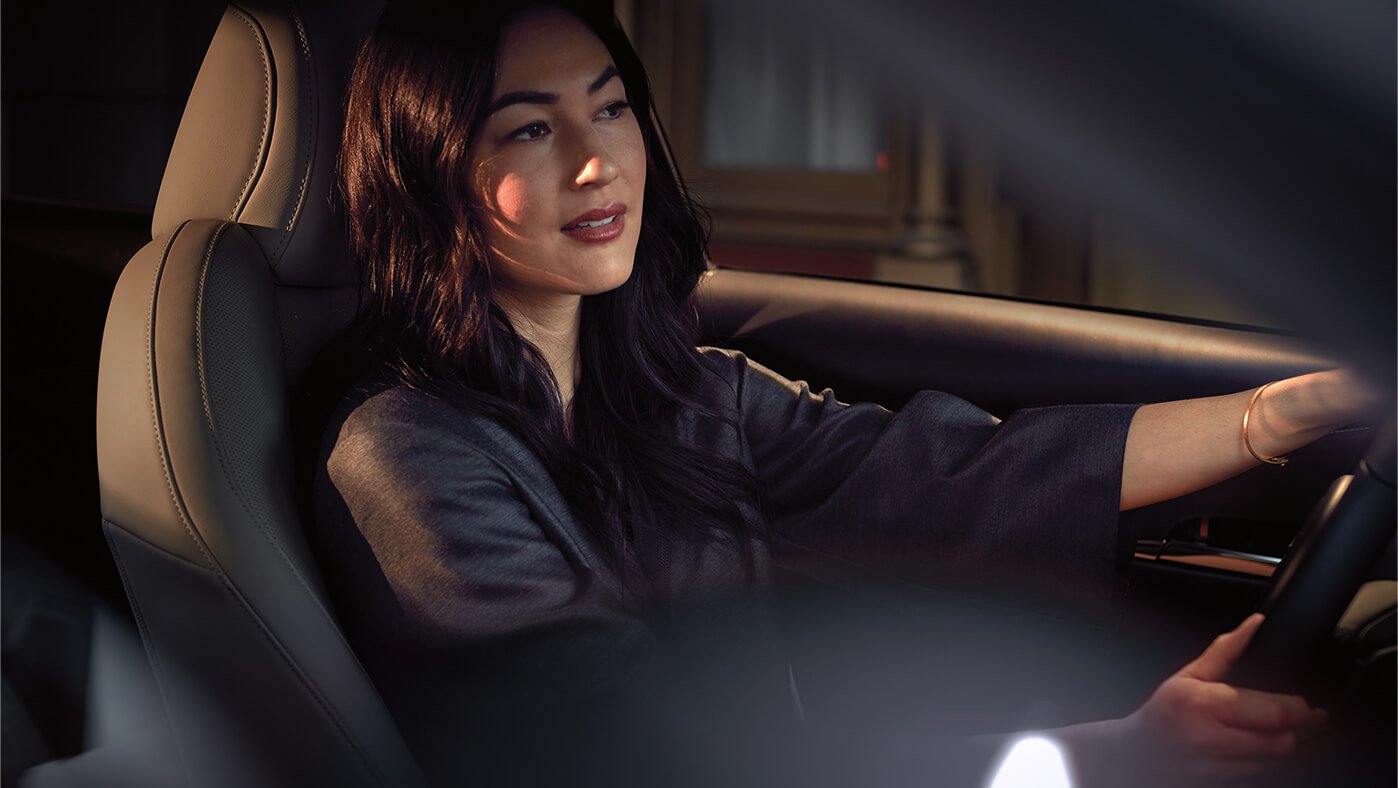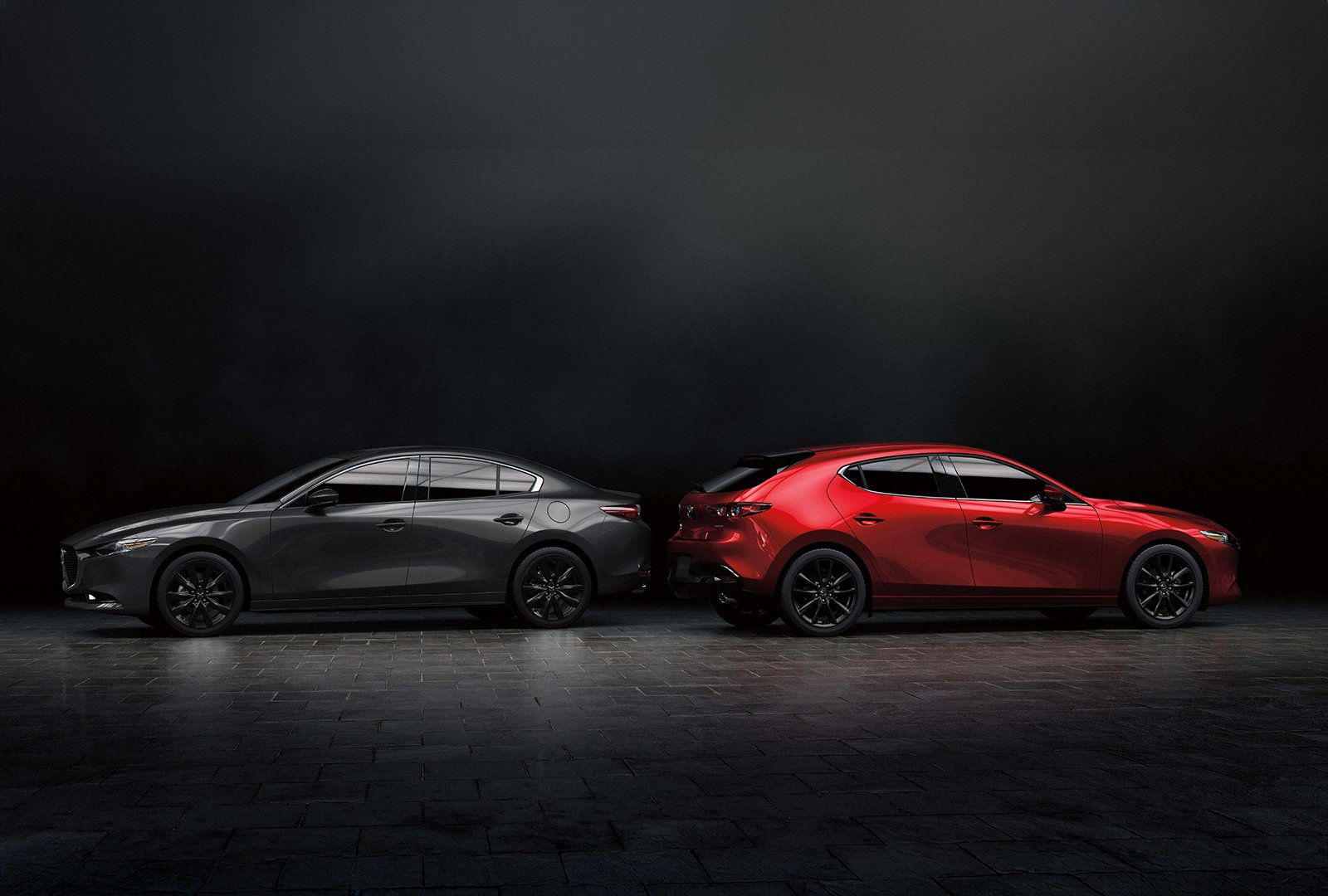
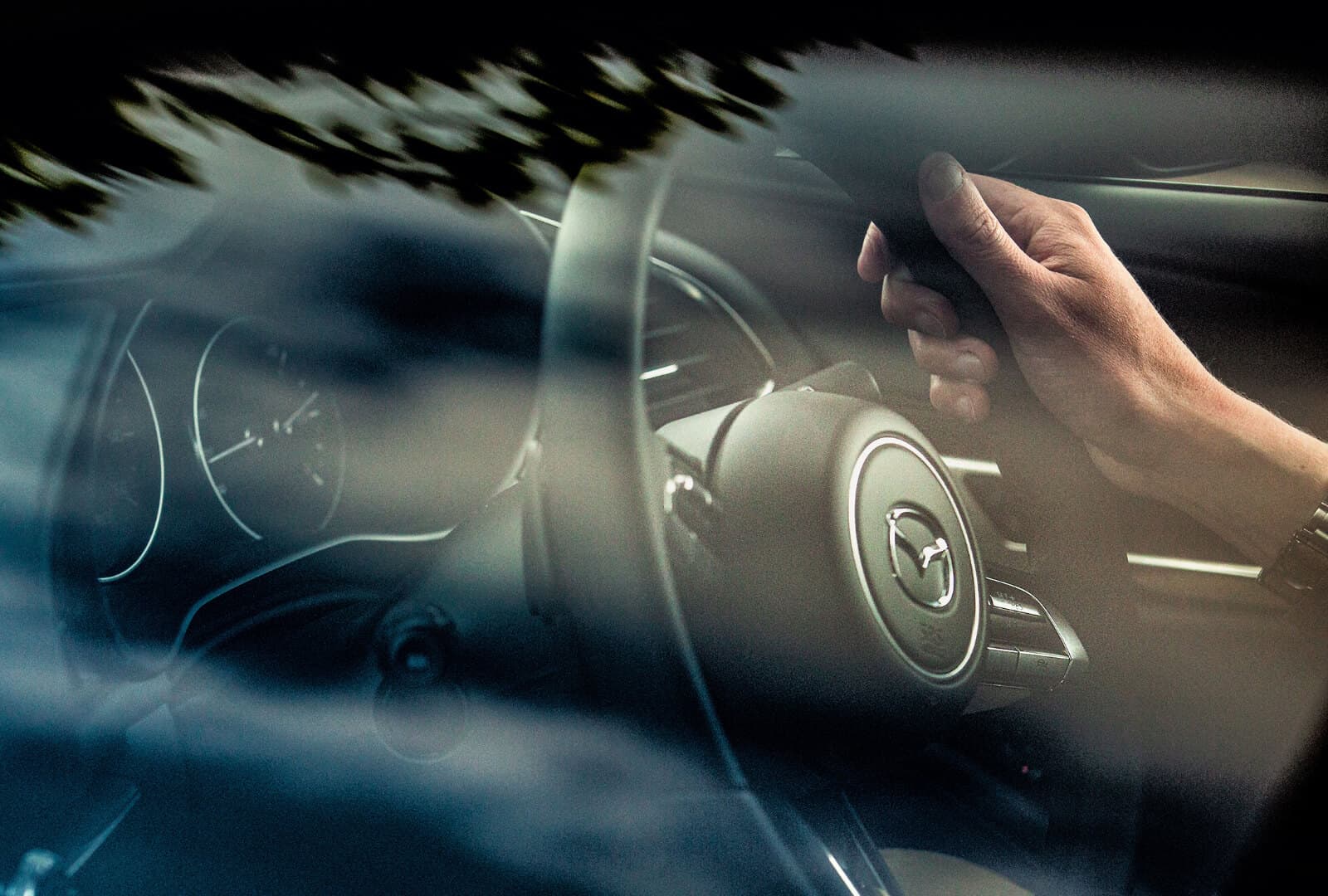

ALREADY SUBSCRIBED TO
MAZDA CONNECTED
SERVICES?
Sign in to the subscription website to
view available plans and pricing or
manage your subscription.
Our Jinba Ittai philosophy finds its origins in an ideal of Japanese archery: oneness between horse and rider. We emulate that ideal in our cars, so that driving your Mazda feels entirely natural — like an extension of your being.
At Mazda, we see cars as tools to go beyond our ordinary physical capabilities. We take pride in designing vehicles that are a joy to drive.
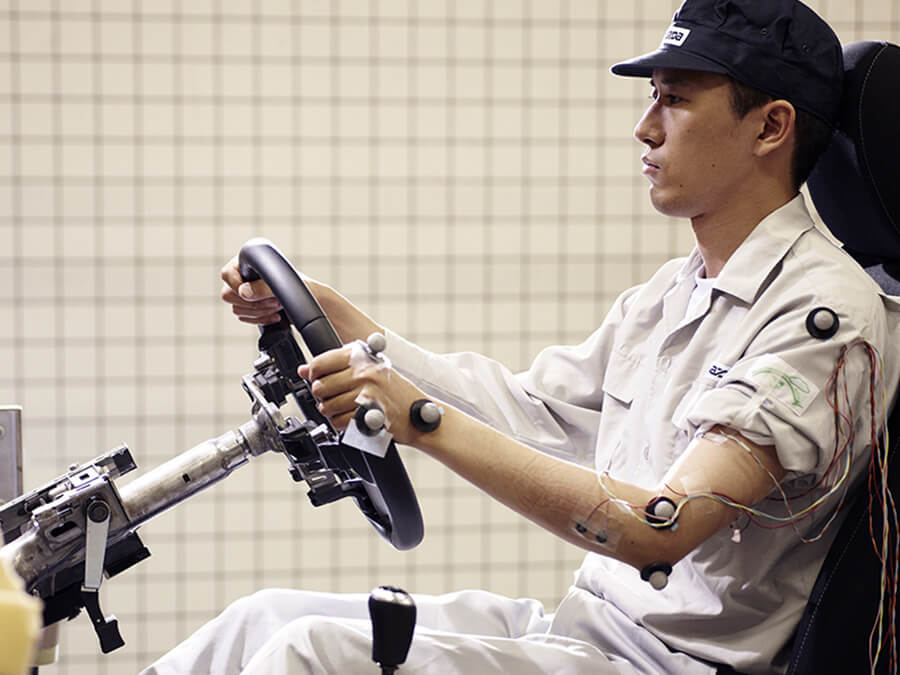
Instead of forcing humans to adapt to cars, we design cars adapted to humans. We call this human-centric engineering. The result is a car that responds precisely, almost intuitively, giving you the confidence of being in control and the exhilaration of effortless driving.
To strengthen your feeling of connection with your car, every element of the cockpit is designed to directly face you and emphasize a driver-centered axis that runs from front to rear.
The interior embodies our less-is-more design approach. We keep the controls simple to amplify the presence of the cockpit zone. This creates an environment in which you and your Mazda engage in a natural dialogue that allows you to focus on your driving.
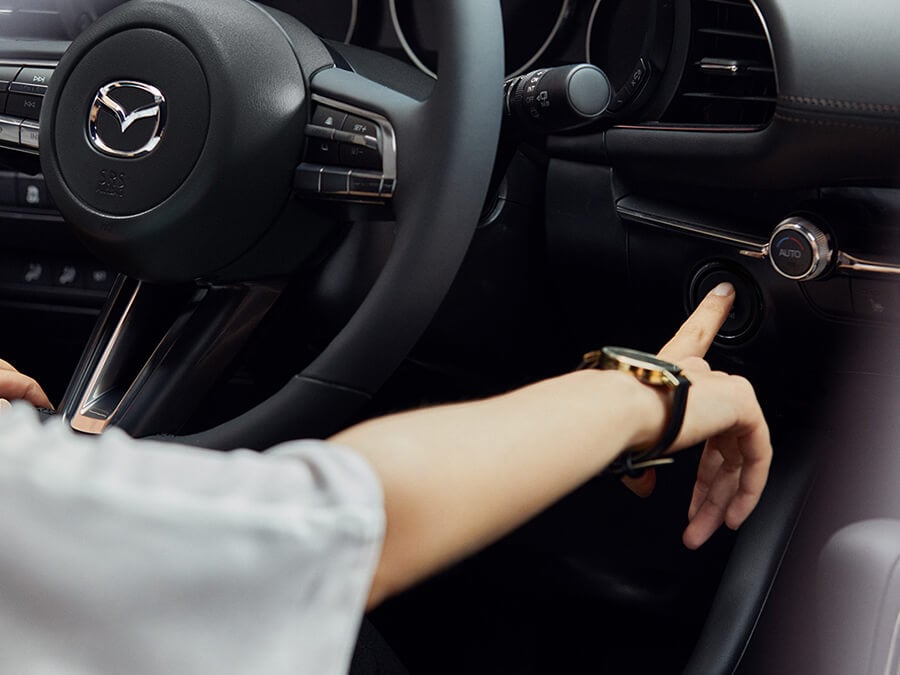
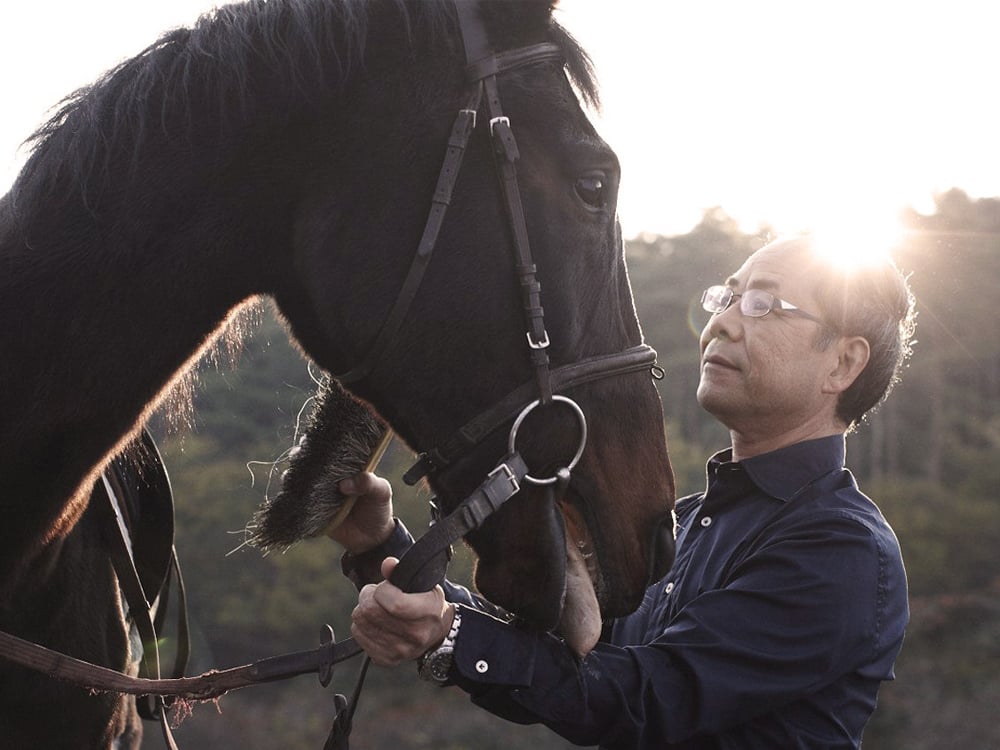
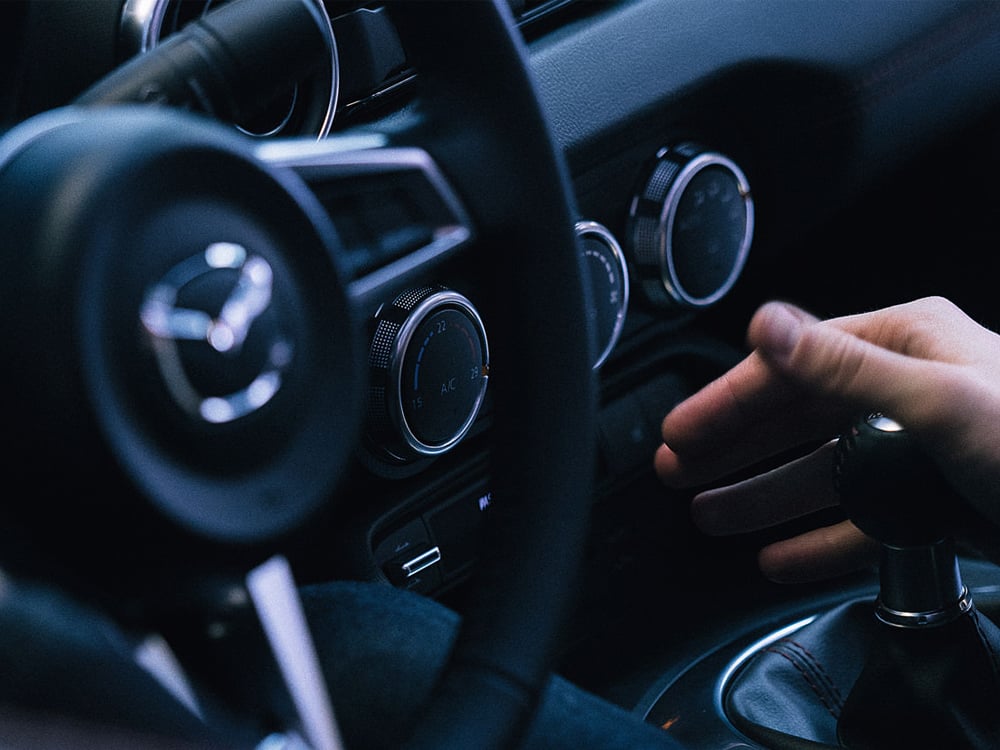
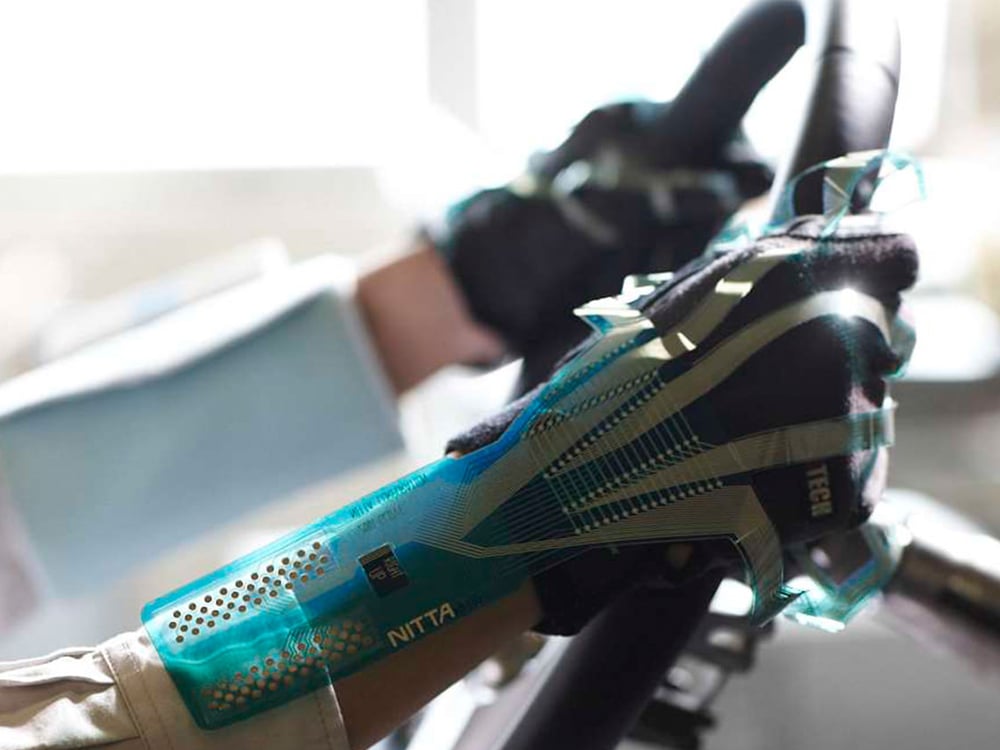

Our human-centric design philosophy embodies an intrinsic responsibility to reduce our carbon emissions, as outlined in our Sustainable Zoom-Zoom 2030 vision.
A key goal of ours is achieving a sustainable and compassionate society. Making cars that support you in realizing your full potential serves that ideal.
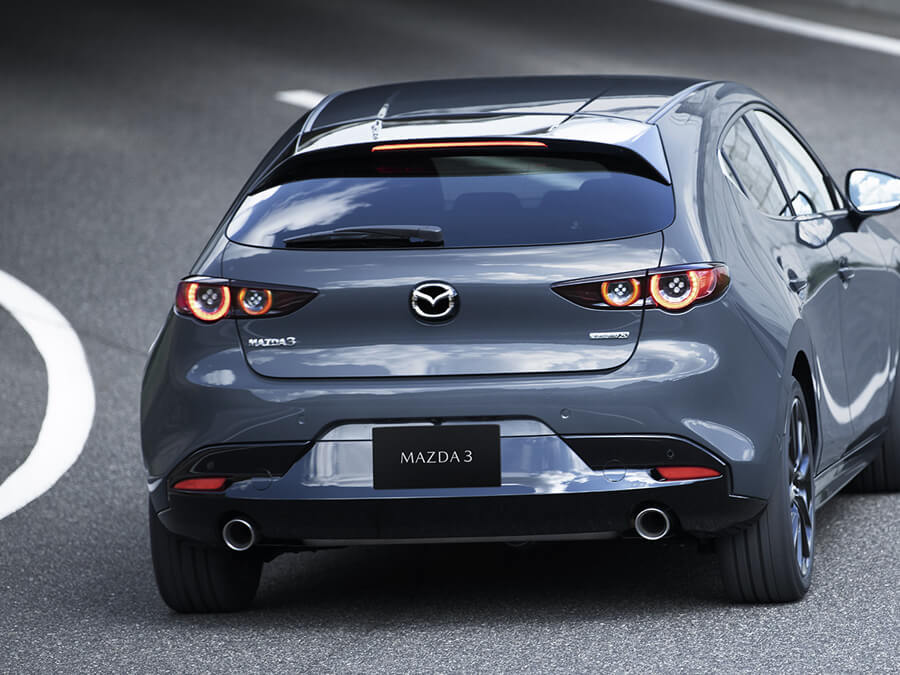
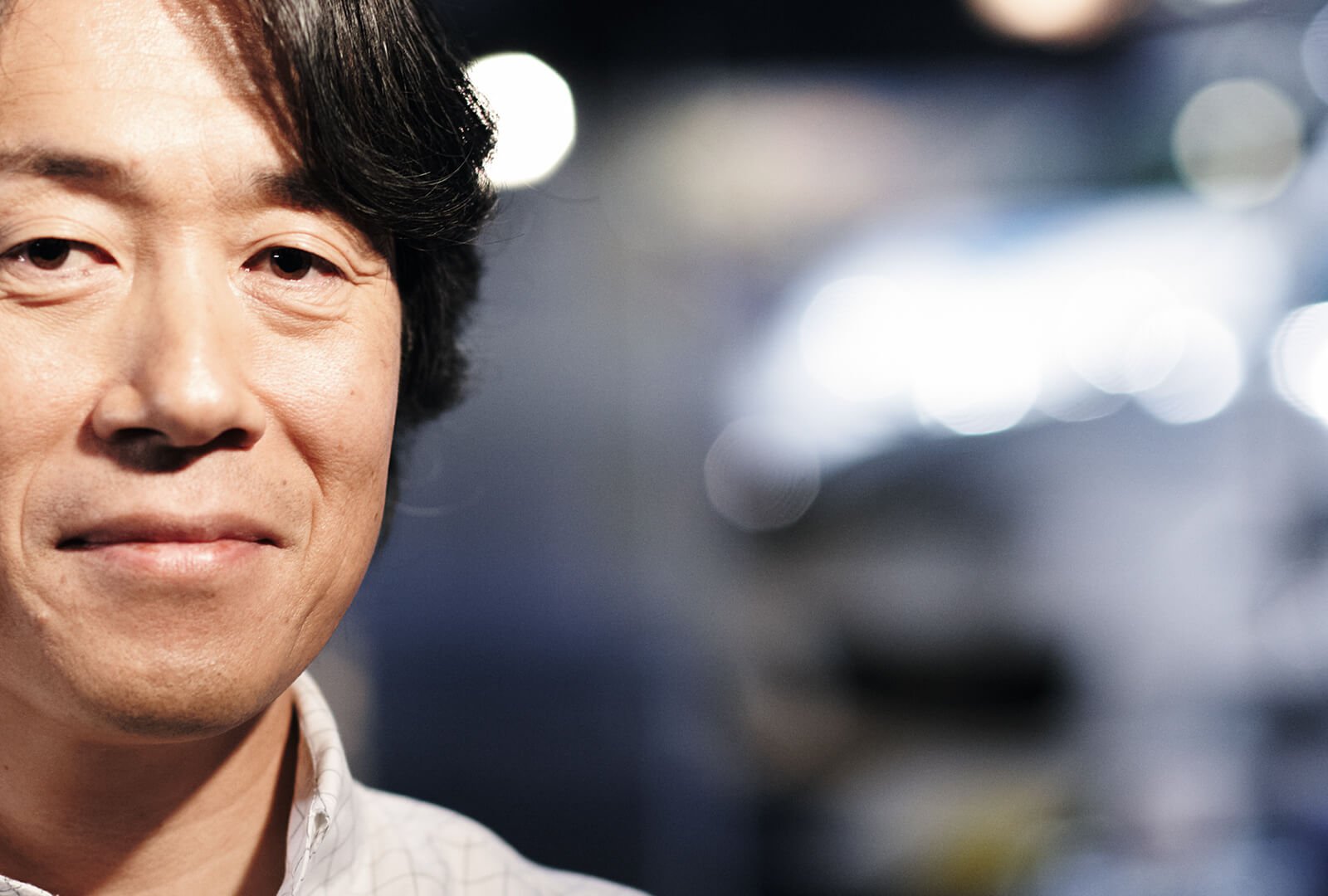
“We take a human-centric approach — where the driver feels oneness with the car, as if it is an extension of their body. Just as a rider is connected to their horse. A driver trusts that their car is intuitive and responsive. On the road, the driver feels naturally positioned and perfectly balanced for a profoundly pleasurable driving experience.”
MASAHIRO MORO
Director and Senior Managing Executive Officer
What does driving a car designed to human-centric principles feel like? Find out for yourself.
BOOK A TEST DRIVE